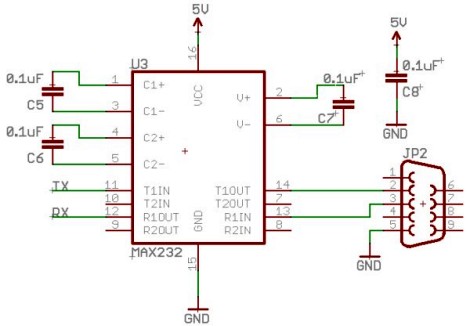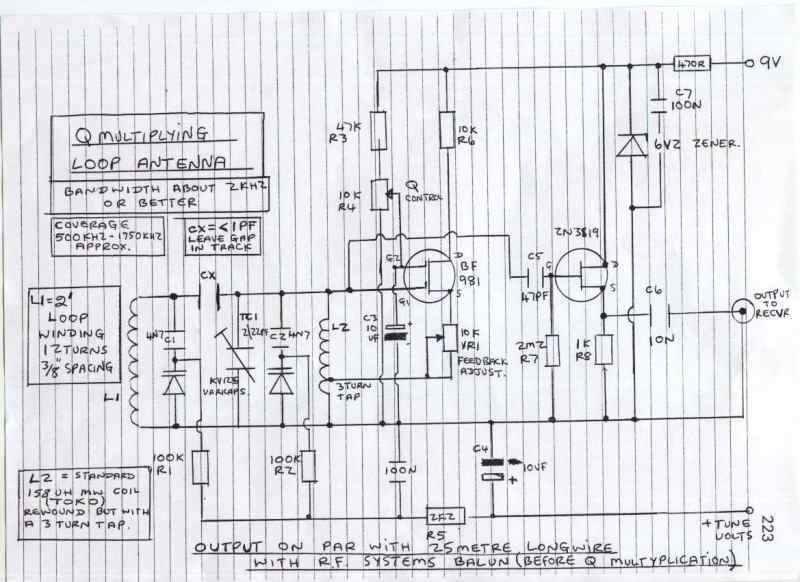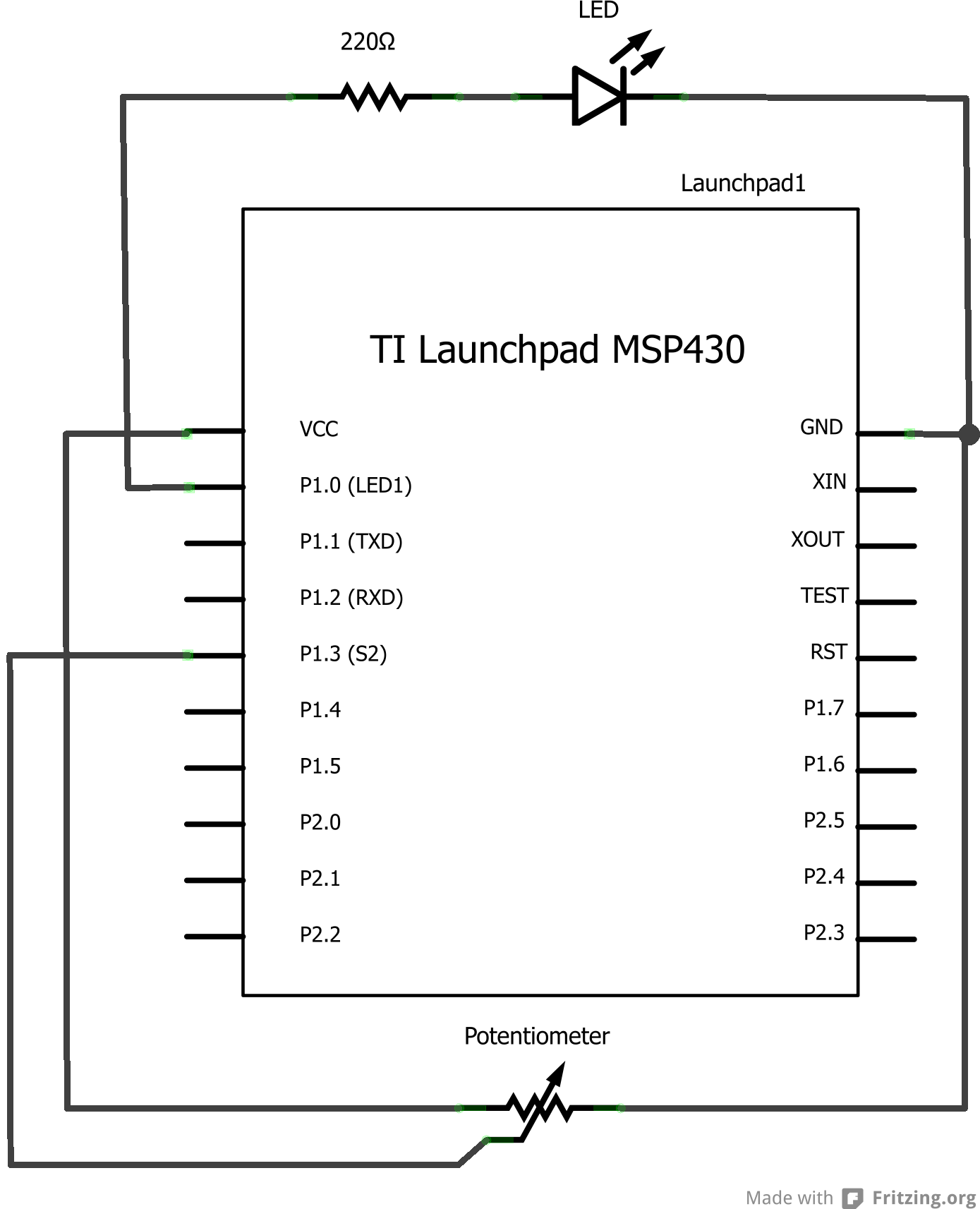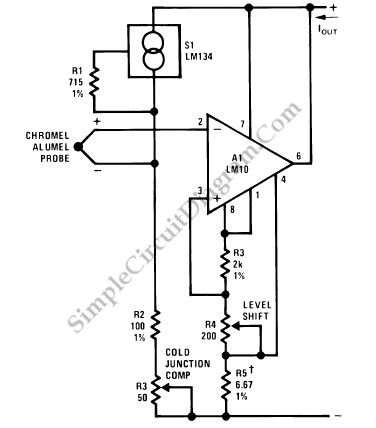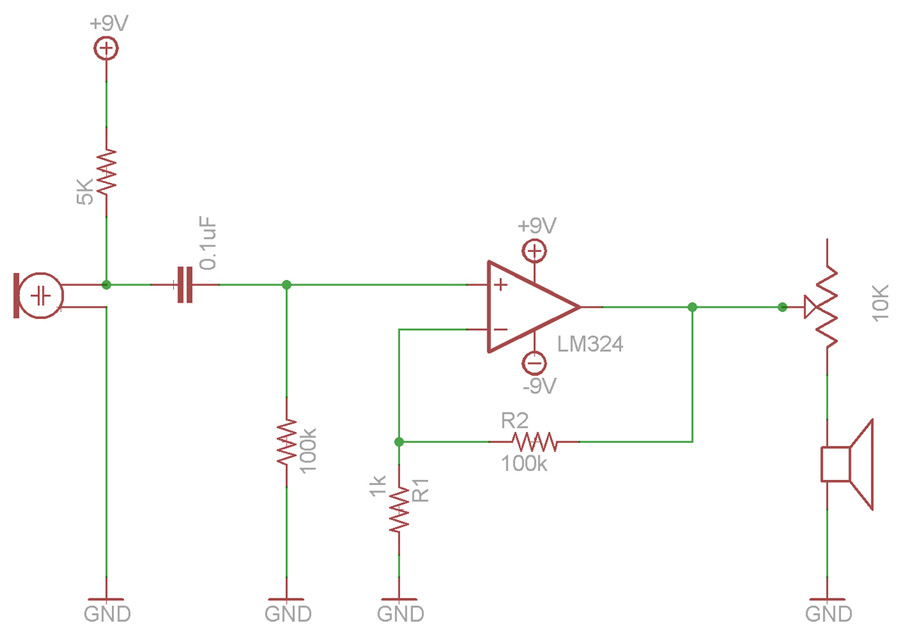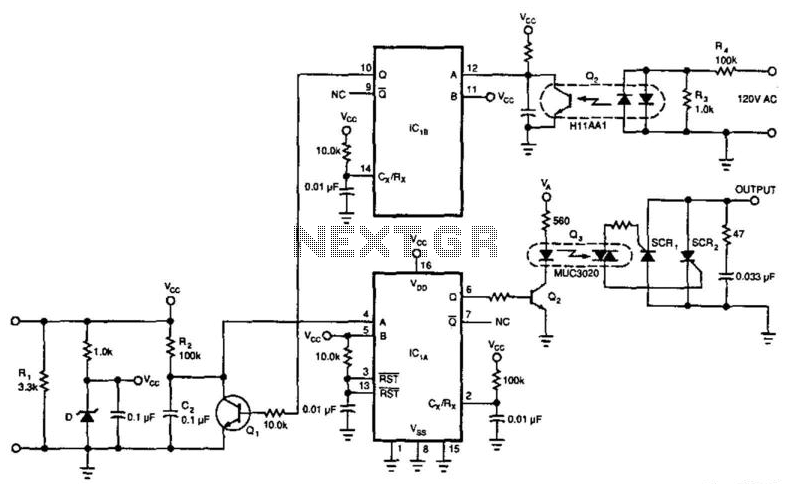
While Loop Tutorial
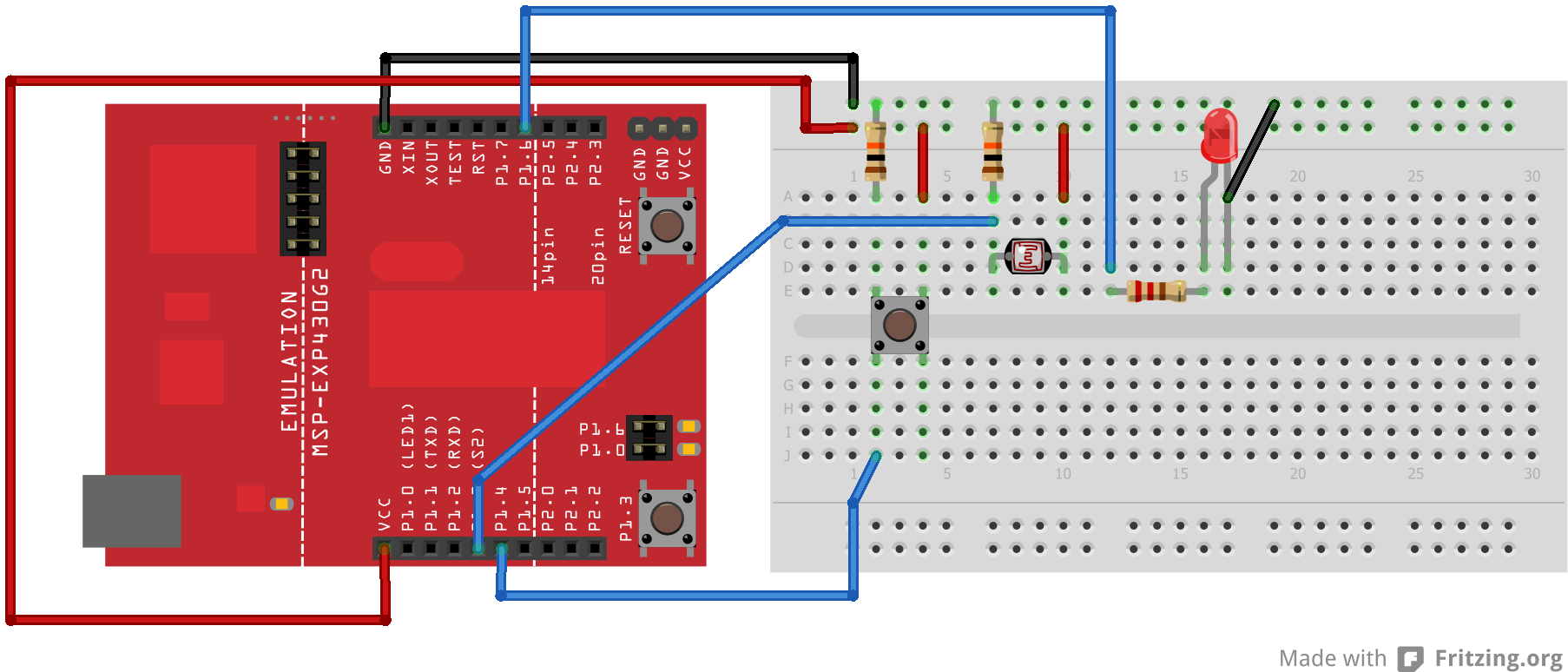
Energia is a rapid prototyping platform for the Texas Instruments MCU Launchpad. It is based on Wiring and Arduino and utilizes the Processing IDE.
Energia serves as an accessible development environment for users working with Texas Instruments' microcontroller units (MCUs) on the Launchpad platform. This framework simplifies the process of programming and interfacing with various hardware components by leveraging familiar programming concepts from Wiring and Arduino. The Processing Integrated Development Environment (IDE) provides a user-friendly interface, allowing developers to write, edit, and upload code seamlessly to the MCU.
The platform supports a wide range of peripherals and sensors, making it suitable for various applications, from simple LED control to complex sensor data acquisition and processing. Users can take advantage of existing libraries and examples, which facilitate rapid development and prototyping. The compatibility with Arduino libraries enhances the functionality and versatility of the Energia platform, enabling users to implement various functionalities without starting from scratch.
Energia also supports multiple Texas Instruments MCU Launchpad boards, allowing developers to choose the appropriate hardware for their projects. The platform's community-driven approach encourages collaboration and sharing of projects, further enriching the resource pool available to users. Overall, Energia streamlines the development process for embedded systems, making it a valuable tool for both beginners and experienced engineers in the field of electronics and embedded systems design.Energia is a rapid prototyping platform for the Texas Instruments MCU Launchpad. Energia is based on Wiring and Arduino and uses the Processing IDE.. 🔗 External reference
Energia serves as an accessible development environment for users working with Texas Instruments' microcontroller units (MCUs) on the Launchpad platform. This framework simplifies the process of programming and interfacing with various hardware components by leveraging familiar programming concepts from Wiring and Arduino. The Processing Integrated Development Environment (IDE) provides a user-friendly interface, allowing developers to write, edit, and upload code seamlessly to the MCU.
The platform supports a wide range of peripherals and sensors, making it suitable for various applications, from simple LED control to complex sensor data acquisition and processing. Users can take advantage of existing libraries and examples, which facilitate rapid development and prototyping. The compatibility with Arduino libraries enhances the functionality and versatility of the Energia platform, enabling users to implement various functionalities without starting from scratch.
Energia also supports multiple Texas Instruments MCU Launchpad boards, allowing developers to choose the appropriate hardware for their projects. The platform's community-driven approach encourages collaboration and sharing of projects, further enriching the resource pool available to users. Overall, Energia streamlines the development process for embedded systems, making it a valuable tool for both beginners and experienced engineers in the field of electronics and embedded systems design.Energia is a rapid prototyping platform for the Texas Instruments MCU Launchpad. Energia is based on Wiring and Arduino and uses the Processing IDE.. 🔗 External reference
